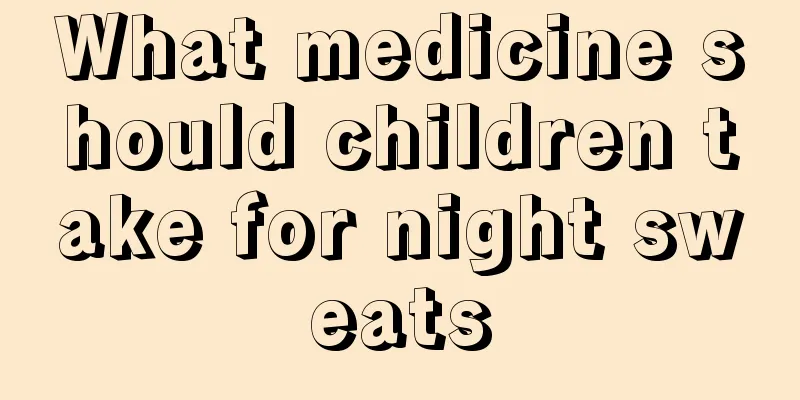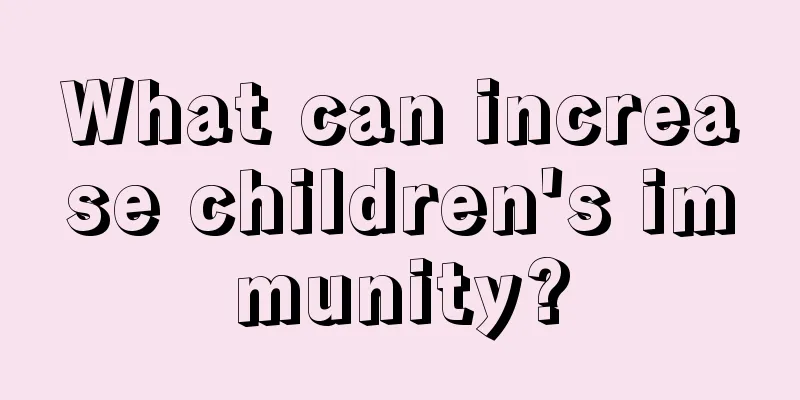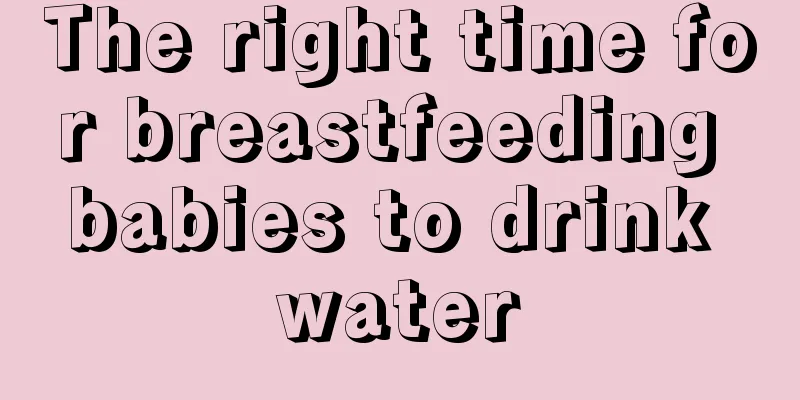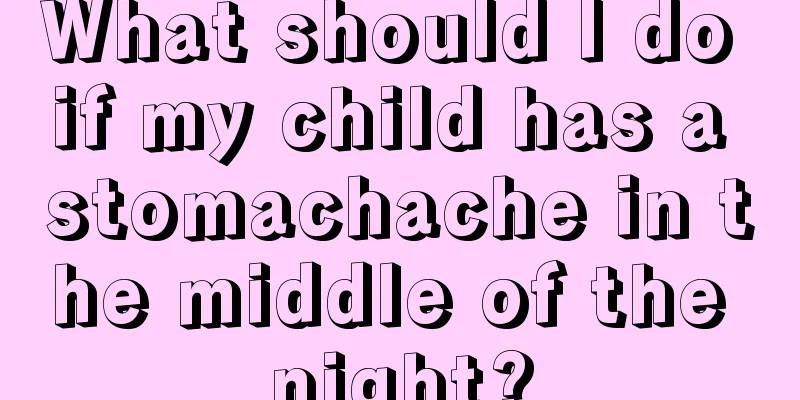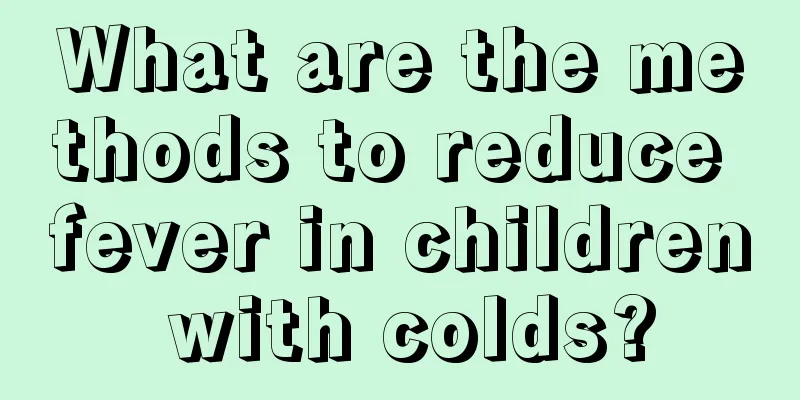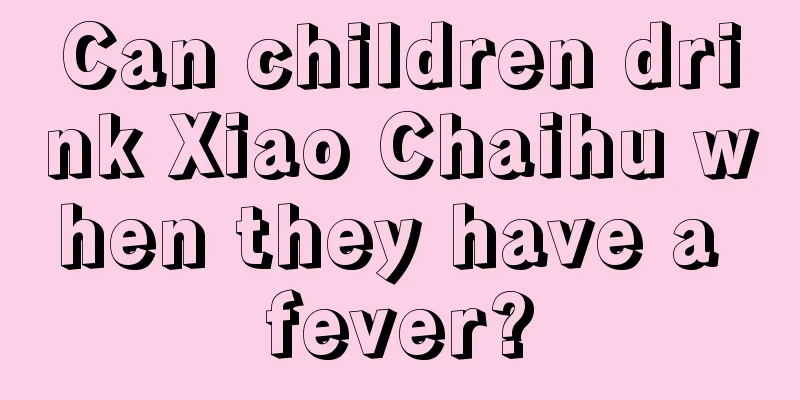When your child has a fever, here are six rules to help you deal with it calmly
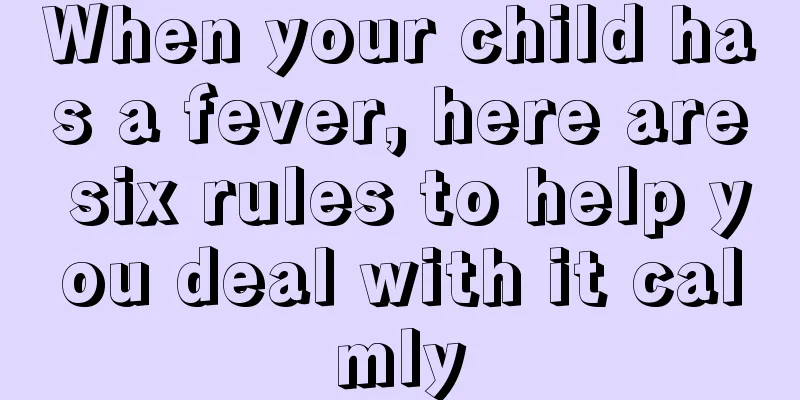
|
Every time a child has a fever, the whole family will be busy and busy. The mood will go up and down like a roller coaster. Even the calmest parents will easily fall into a panic when their children have a fever. Some mothers even become anxious. When should parents take their children to the hospital? How should parents calmly deal with a child's fever?
Panic scene 1: The whole family gets anxious when the child has a fever Many new parents, due to lack of experience, become very nervous when their children have a fever. They are afraid that their children will have something bad happen due to the fever, that physical cooling will not work, and that going to the hospital for an IV drip will be bad for the child's health. In short, they treat fever as a major enemy. Doctor’s answer: Fever is not a disease, but a symptom of a disease. Children's fever is related to more than 200 diseases, including infectious and non-infectious fever. Respiratory tract infection is one of the most common fever diseases in children. Parents should have the correct idea that fever is not always a bad thing. First, fever is a defensive response of the body to pyrogens and is a normal immune response; second, fever can inhibit the growth and pathogenicity of certain pathogenic factors. Some pathogens can grow normally at normal body temperature, but under slightly higher temperature conditions, the enzymes of some pathogens may be inactivated. Third, when a child has fever symptoms, some busy or careless parents can discover that their child is sick, which can attract the parents' attention and facilitate timely diagnosis and treatment. One-sentence rule: Children's fever is one of the common symptoms in pediatric clinical practice and is a defensive response of the body to pyrogens.
Panic scene 2: Antipyretics have no effect Generally speaking, many parents will use antipyretics when their children's temperature reaches above 38.5℃, but some parents find that their children's fever does not go down significantly after using antipyretics. Doctor’s answer: When a child has a fever, it is recommended to first take physical cooling measures. If the body temperature is still above 38.5℃ after physical cooling, antipyretics can be used. It is generally recommended that parents give their children oral ibuprofen or acetaminophen. Intramuscular antipyretic injections are not recommended. If a child's fever does not go down after taking antipyretics, it may be that the dosage of the antipyretic medicine is insufficient. It should be pointed out that the dosage of oral antipyretic drugs should be based on weight rather than age. If the child does not cooperate with oral antipyretic drugs, the fever can be reduced by anal antipyretic suppositories. Parents must follow the following four points when giving medicine to their children: 1. Take the medicine according to the dosage, frequency and interval required in the drug instructions; 2. Physical cooling can be used at the same time; 3. Do not take in excess of the dose; 4. There is no need to alternate between different brands of antipyretics. In addition, the child's fever will not subside immediately after taking the medicine. Generally, he will start sweating and reducing fever after 30 minutes. It is important to give the child plenty of water 10 minutes after taking the medicine, which will help replenish water and induce sweating and reduce fever. Rule in one sentence: If antipyretics don’t work for your child, it may be because the dosage is insufficient. The dosage of antipyretics should be based on weight.
Panic scenario 3: After seeing a doctor and taking medicine, the fever recurs I went to the hospital to see a doctor this morning and took antipyretics, but the child started having a fever again in the evening. The condition seems to be recurring. Why does the child have a fever that goes away and then comes back again? Doctor’s answer: Recovery from illness requires a process. The use of antipyretics can alleviate the discomfort caused by persistent fever to the human body and even reduce the occurrence of high fever convulsions. It is a symptomatic treatment process. As long as the cause of the disease is not completely controlled, the fever will continue. Therefore, after using antipyretics, the fever will generally recur within 4 to 6 hours or 8 to 12 hours. When we measure whether the medicine is effective, we cannot base it on whether the child will have a fever again. It would be more objective to look at the height of the fever peak and the interval between fever peaks. The so-called height of the fever peak can be understood as follows: for example, if a child's highest fever temperature today is 40°C, and tomorrow the highest fever temperature will be 38-39°C, this means that the height of the fever peak is decreasing and the medicine is effective. The interval between fever peaks can be understood as: originally it was necessary to take antipyretics every 4 to 6 hours, but gradually it becomes necessary to take antipyretics every 8 to 12 hours. This shows that the interval between fever peaks is prolonging, the medicine is effective, and the condition is developing in a good direction accordingly. At this time, you can continue to take the medicine and observe. As long as the child's condition is developing in the right direction, it is not recommended to go to the hospital frequently to see a doctor. A good rest during a fever is more conducive to recovery than tossing and turning on the road. One-sentence rule: Antipyretics can only reduce fever temporarily, and the effectiveness of treatment should be evaluated by the height of the fever peak and the interval between fever peaks.
Panic scene 4: getting nervous when there is a small fluctuation in body temperature Some parents are very concerned about their children's body temperature. The fluctuations of their children's body temperature involve every nerve of the parents. They are afraid that their children's brains will be burned if they are not careful, so they have to measure their children's body temperature with ear thermometers, forehead thermometers, and mercury thermometers before they can feel at ease. Doctor’s answer: It is very normal for infants and young children to have fluctuating body temperatures. For example, the body temperature is lowest in the early morning and highest in the evening. Other factors such as wearing too much clothing, physical exercise, eating, crying, etc. can also cause the body temperature to rise. Generally speaking, 36-37.4℃ is a normal body temperature, 37.5-38.5℃ is a low fever, 38.6-38.9℃ is a moderate fever, 39-40℃ is a high fever, and above 40℃ is a very high fever. Although body temperature is used to classify the degree of fever in medicine, it does not mean that body temperature and the condition of the disease have a completely corresponding relationship. It does not mean that the higher the body temperature, the more serious the condition, nor does it mean that the condition is not serious as long as the body temperature is not high. Parents should not only focus on body temperature, let alone over-focus on it. It is more important to pay attention to children's behavior or mental state than to take their temperature frequently. If the child's temperature is 39℃ but his mental state is good, you can continue to observe him. If the child's fever is only 38℃ but his mental state is very poor or he is irritable, restless, or sleepy, then you should pay attention to it. Usually, a fever below 41°C does not cause brain damage unless the fever is caused by a brain disorder, such as meningitis. It is important to note that infants with severe infectious diseases may present with hypothermia rather than fever. One-sentence rule: The degree of fever does not necessarily correspond to the severity of the disease. Focus on the child's mental state rather than going to the hospital frequently.
Panic scenario 5: The child has a fever and poor appetite, which means he must be seriously ill Some parents are very concerned about their children's eating habits. Once they find their children have no appetite, they will become very nervous, fearing that their children will starve. They will even stew some nourishing soup for their children to drink. If the children refuse to eat, they will worry whether their children have any serious illness. Doctor’s answer: When children have a fever, they have a poor appetite. On the one hand, you should pay attention to whether they have a sore throat or mouth ulcers, which cause the child to dislike swallowing; on the other hand, fever will affect the activity of the body's digestive enzymes, causing loss of appetite. Therefore, a child's poor appetite during a fever cannot be used as a basis for judging the severity of the disease. Of course, this does not mean that you don’t need to see a doctor. If your child has difficulty eating, you still need to go to the hospital for examination and assessment. Many parents like to ask about their children's dietary taboos when they are sick. Generally speaking, doctors recommend eating easily digestible foods, or light foods that do not increase the gastrointestinal burden of the sick baby, such as eating porridge and rotten vegetables. One-sentence rule: A child's poor appetite during a fever cannot be used as a basis for judging the severity of the illness.
Panic scenario 6: What to do if a high temperature convulsion occurs Many parents worry that their children’s high body temperature may cause febrile convulsions, so they become very nervous when their children’s fever reaches above 38.5℃. Once the temperature reaches 39℃, they rush to the hospital to ask the doctor to reduce the fever to avoid febrile convulsions. Doctor’s answer: The incidence of high temperature convulsions (i.e. convulsions) caused by fever is 3% to 5%. It can occur in children aged 5 months to 5 years, with the highest incidence age being between 1 and 3 years old. Hyperthermic convulsions usually occur when the body temperature rises and last about 3 to 5 minutes. Brief seizures do not cause brain damage. The first seizure should be taken seriously, and a professional doctor should be consulted to rule out other diseases related to seizures, such as encephalitis or other serious diseases. Parents should know some ways to deal with febrile convulsions. If a child has a high fever at home and suddenly opens his eyes, his limbs become stiff, and his lips turn black, you should immediately press the philtrum to prevent the child from biting his tongue, tilt the head to one side to prevent suffocation due to aspiration of vomit, and send the child to the hospital immediately. In addition, it is best to use a tongue depressor wrapped with gauze for the child to bite to prevent the child from biting himself. One-sentence rule: All high fevers can cause febrile seizures, but brief convulsions generally do not cause brain damage. Tips: When should a child go to the hospital immediately if he has a fever? (1) The infant is in poor spirits, with lifeless eyes, or is crying and restless, or the body temperature of an infant under 3 months old exceeds 38°C. (2) The child refuses to play, cries and groans inconsolably, appears very weak, and is difficult to wake after falling asleep. Seriously ill children love to sleep, at any age. (3) The child has a stiff neck or headache. (4) Ear pain, sore throat, painful urination, or frequent coughing. (5) Shortness of breath or difficulty breathing. (6) The first febrile seizure. (7) If a child with a high fever still has a high fever after taking medication, or the fever recurs after it has subsided, it is necessary to check to determine whether there are other concurrent infections. It should be noted that when a child has a high fever, if the parents decide to take the child to the hospital for treatment, they should give the child antipyretics before going to the hospital. Never think that the child will not need antipyretics after going to the hospital. Be sure to carry spare antipyretic drugs at home with you at all times so that you can use them on the way to the hospital or when waiting for treatment, so as not to delay the control of the disease. Expert Profile: He Liya is the director of the pediatric outpatient clinic at Guangzhou Children's Hospital and Guangzhou Women and Children's Medical Center, chief physician, and master's supervisor. |
<<: Seven tips to help your child get along better with others
>>: 5 key points to keep in mind when caring for your baby girl's private parts
Recommend
What should I do if my child has heat rash?
It is a very common phenomenon for people to have...
How to prevent asthma in children?
Parents will be particularly worried when their c...
Success rate of strabismus surgery in children
If you feel that the other person cannot look you...
What is the reason for frequent urination in a four-year-old baby?
What is the reason for frequent urination in a fo...
What are the symptoms of vitiligo in children?
Childhood albinism is a congenital hereditary whi...
What should I do if my baby's eczema keeps coming back?
Eczema is a skin disease that can easily occur in...
What to do and what to pay attention to when checking your baby's heart
The physical health of many newborn babies is not...
At what age do children usually start to lose their teeth?
As we all know, teeth play a very important role ...
Why do children have nosebleeds when they sleep at night and what should be done?
Children's health is believed to be an issue ...
Various ways to take your baby's temperature
In our daily life, there are many situations wher...
What are the hazards of applying alum to newborns?
Modern young people have more advanced ideas, esp...
Red rash on the child's mouth
If a child has a rash around his or her mouth, it...
Can children eat Tremella?
There are actually not so many taboos regarding T...
How to make nutritious porridge for children
Babies drink breast milk or formula when they are...
What causes hiccups in infants and young children?
The baby's body is very fragile, so once the ...
